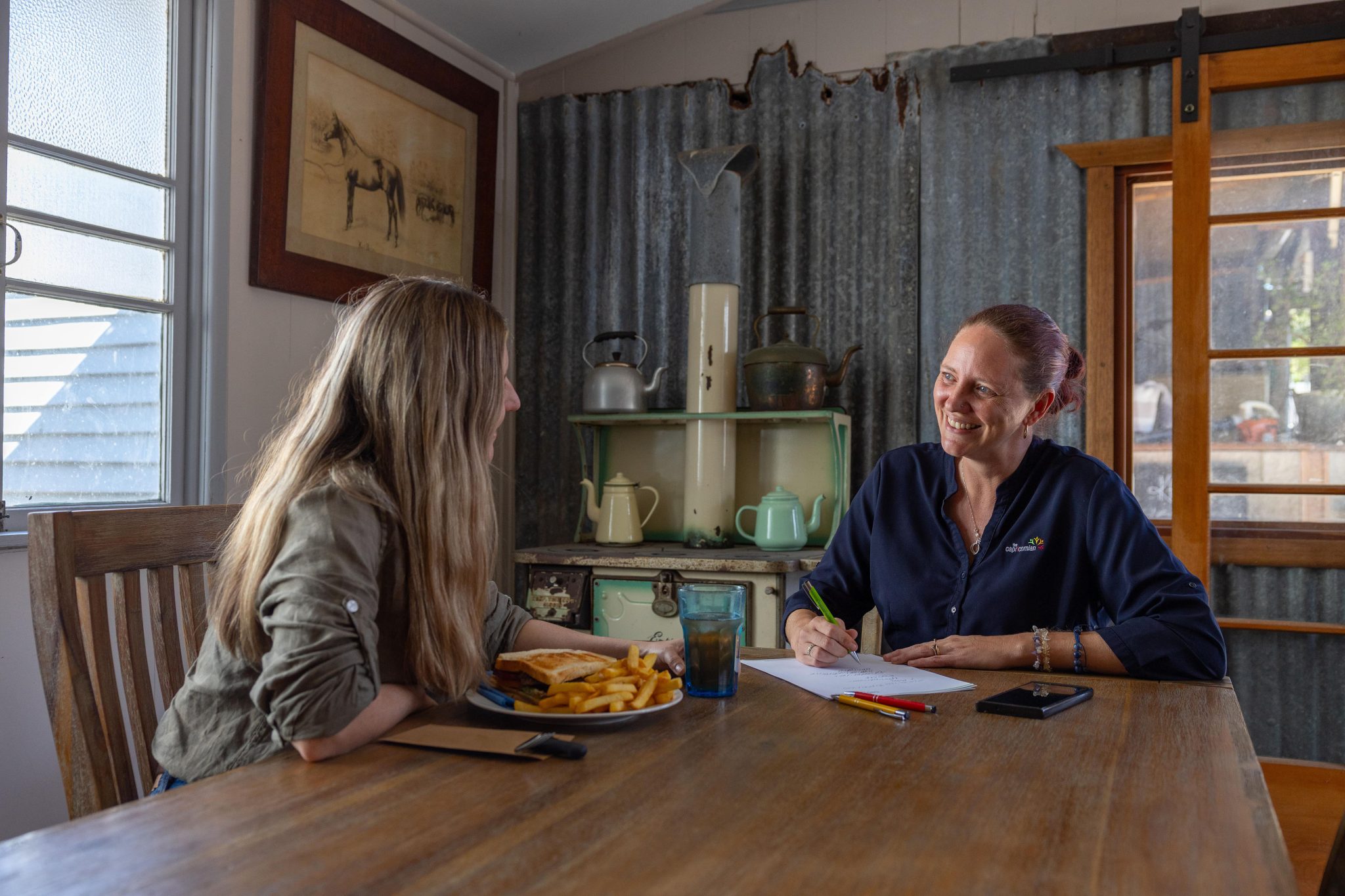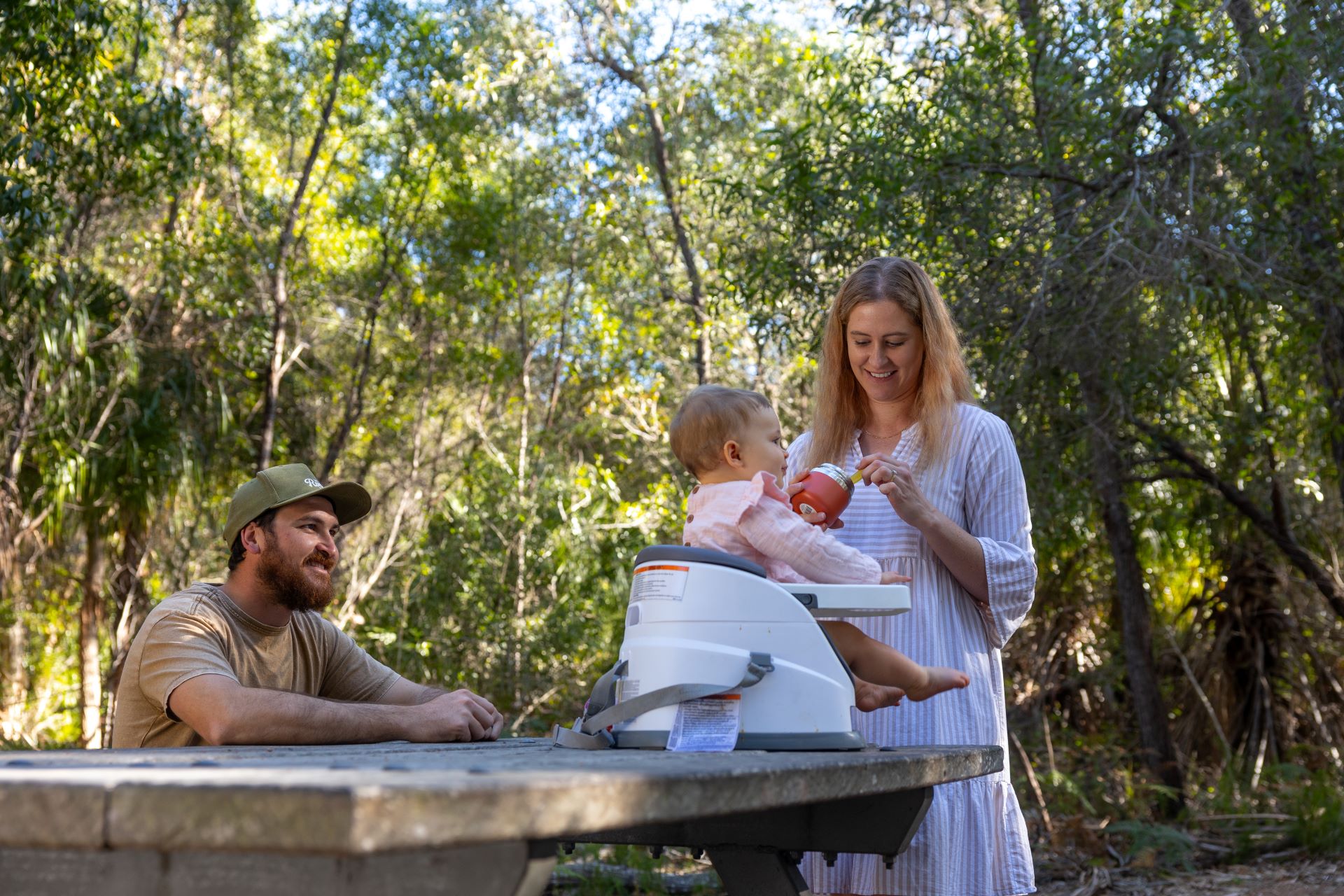Mention the word “budget” to most people and their eyes glaze over with visions of spreadsheets, ring binders and those little leftover pages in cheque books. Not to mention the fact that the word “budget” is inextricably linked with a whole lot of depressing adjectives, like “cheap”, “sensible” and even “stingy”.
But the truth is, having a budget not only helps us out financially, it also assists in reducing the day-to-day anxiety many of us feel when it comes to our finances. It puts YOU back in the driver’s seat.
And when it comes down to it, budgeting is as simple as… money in vs money out. So… let’s get budgeting!
First, work out why you want to do a budget
Are you saving for something special? A car or first home deposit? Are you stashing away a nest egg for a rainy day? Or are you just wanting to stay on top of your bills and avoid having to scrounge through the couch cushions once a quarter when the electricity bill shows up? Having a goal makes the psychological aspect of budgeting *that* much easier.
Record your take home pay
The most important part of any budgeting process is to work out how much money you have to work with. Don’t include super or taxes – just the amount that goes into your pocket each month.
Next – figure out where your money goes
For most of us, this is as easy as looking up your account statement online (and cringing at how much you spent last month on UberEATS).
Our Budget Calculator can help you identify you income and expenses and start getting an idea of what your budget could look like.
Subtract your fixed expenses
These are the non-negotiables – things like rent or mortgage payments, electricity bills, insurance, loan repayments, medical costs and transport expenses. Anything that you HAVE TO pay regularly. Calculate the total and subtract this amount from your take home pay. This number shouldn’t exceed 50% of your income.
Hot tip: It’s fine to include things like your phone and internet bill, Netflix, etc in this section, but be prepared that if the numbers don’t add up, some of these “luxuries” might have to go (or at least be compromised on).
See if you can save
The amount left over is the amount you can use for personal choices – as in – you can literally do anything you want with it. Things like groceries, clothes and yes, UberEATS, come under this heading. But so does savings.
Having savings to fall back on is like having a safety net for unexpected expenses. So set a savings goal and figure out how much you can save each payday.
The 50-30-20 Budget is a percentage-based budget concept that emerged in the late 90s (and like all good 90s trends is coming back too)
Simply put, this budget strategy allocates 50% to essentials (your fixed expenses as above), 20% to your savings and the remaining 30% to whatever the hell you want!
Set your spending limit
Whatever is left after you’ve allocated your fixed expenses and savings goals is your spending money! Divide this to get your weekly number and ta-da! You now have a fool proof budget in place (with a sweet safety net to boot).
If you want to get a little more in depth with your financial plans – we offer a Financial Health Check that can help empower you to take charge of your finances once and for all.
This advice has been prepared without taking into account your objectives, financial situation or needs. You should consider the appropriateness of the advice in light of your own objectives, financial situation or needs before you follow the advice. You should obtain a copy of and consider the relevant Product Disclosure Statement (PDS) before making a decision.




